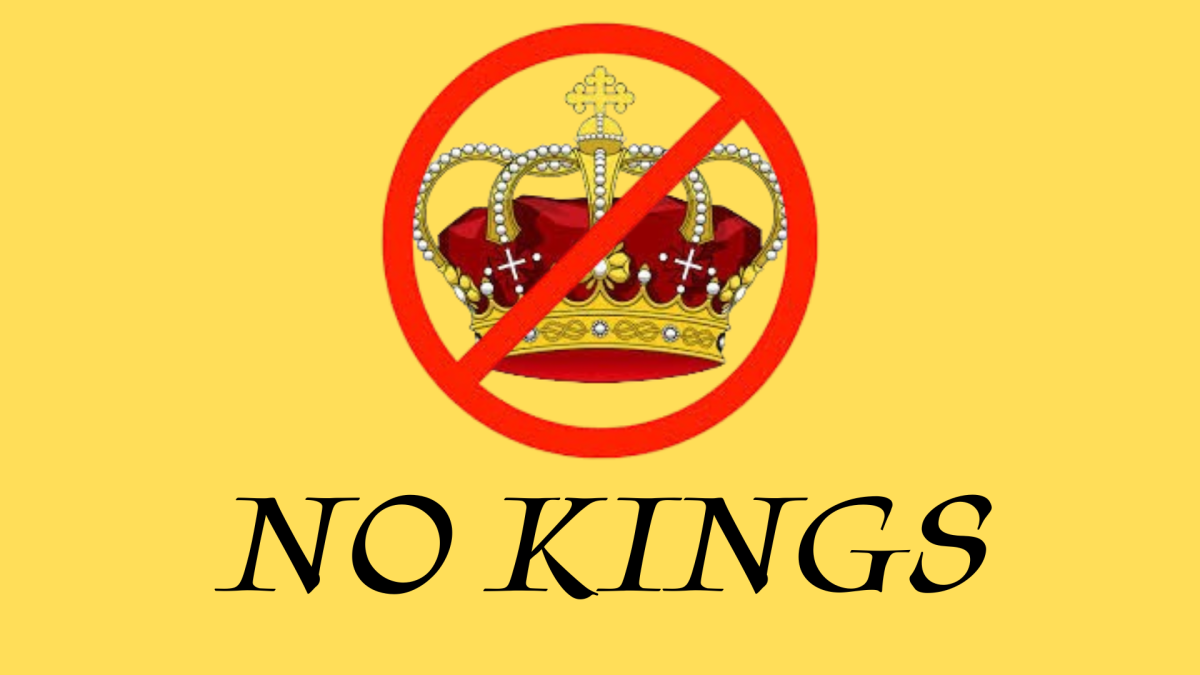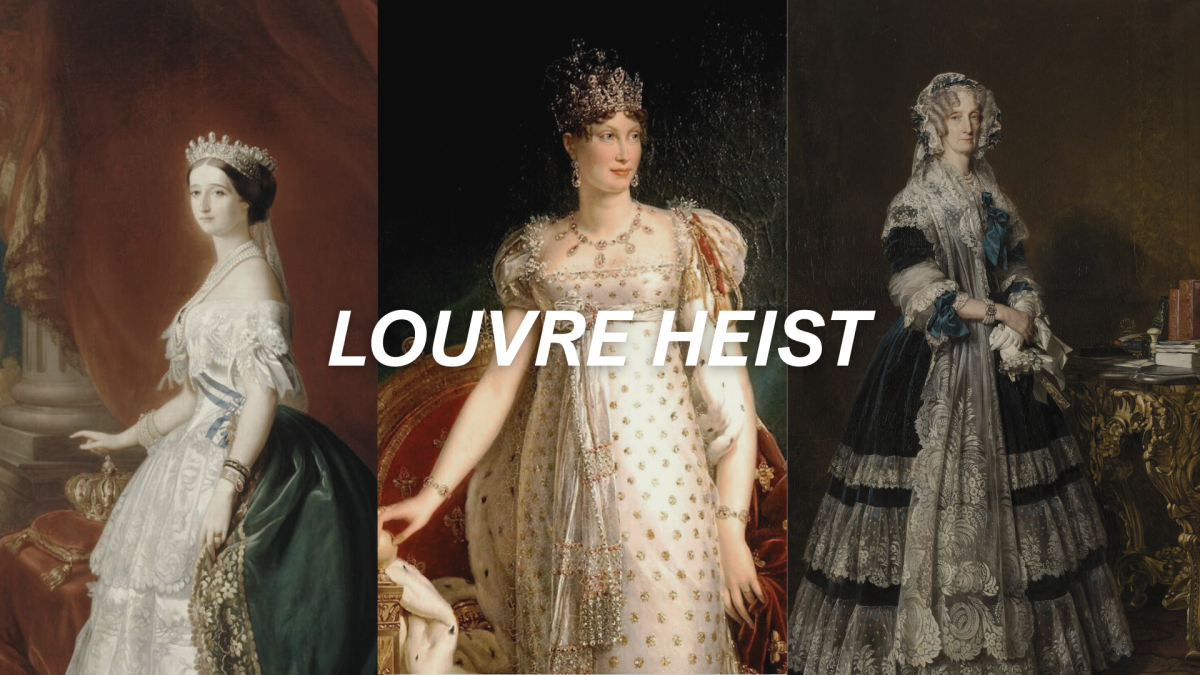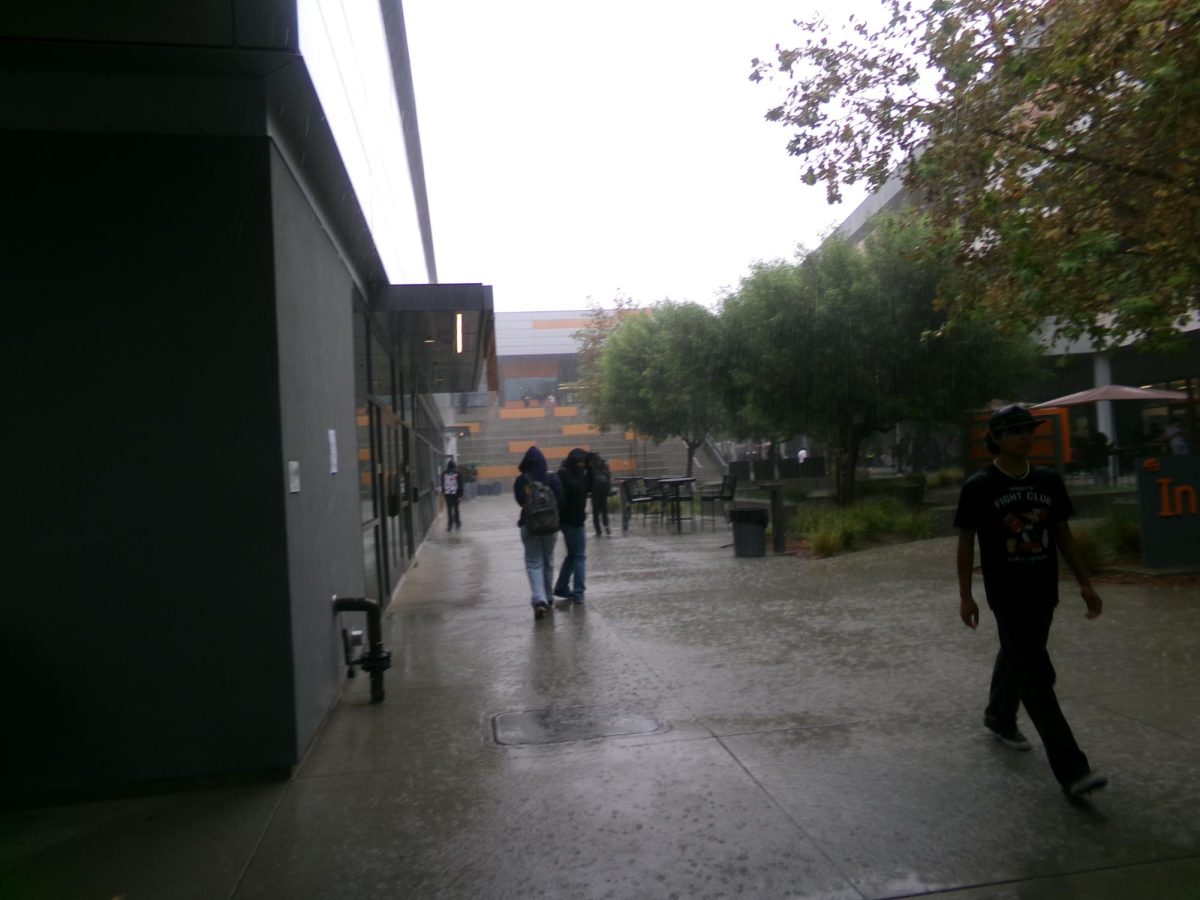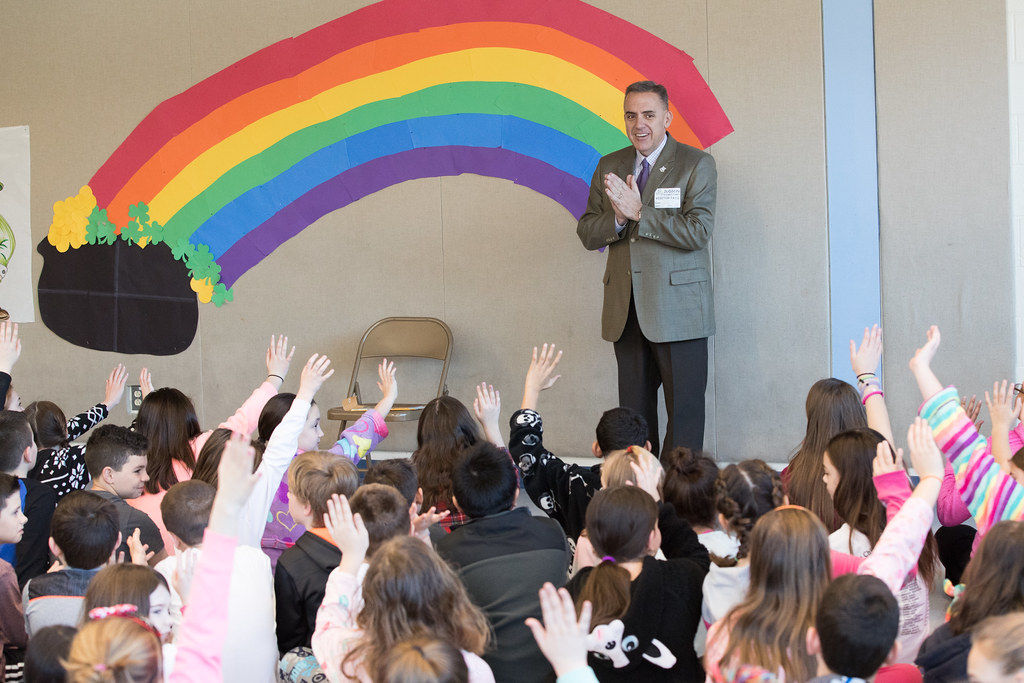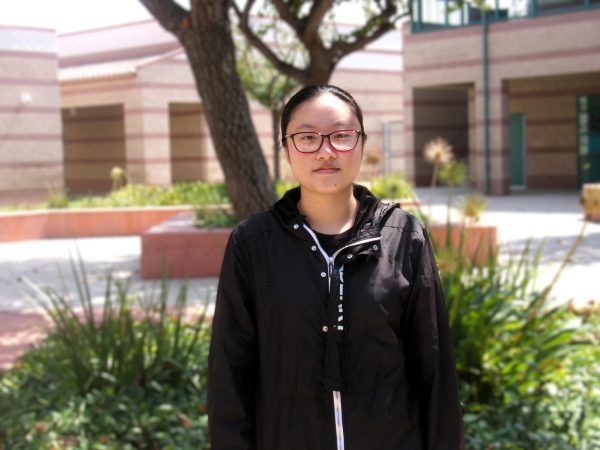Political cartoons have long been a staple of social commentary, often reflecting and shaping the public’s opinion through humor, satire, and sharp criticism.
These illustrations use visual humor, symbolism, and caricature to convey complex political messages, providing readers with an insight into current events, societal issues, and political figures.
While political cartoons have been an essential part of the media landscape for centuries, their impact on society remains powerful to this day.
The Role of Political Cartoons
At the core of political cartoons, they serve as a form of commentary, offering a simplified view of intricate political topics. Through exaggeration, visual metaphor, and symbolism, political cartoonists make political issues into digestible pieces of art, which allows the audience to quickly grasp the essence of a debate or event.
The use of satire, which is often sharp, biting, or exaggerated, forces people to confront political realities in a way that’s engaging, challenging, and thought-provoking.
Political cartoons have been historically used to challenge authority and expose the flaws in political systems.
During major political movements, such as the civil rights struggle, the fight for gender equality, or even the global response to war, these political cartoons have provided a platform for critique.
This often takes the form of direct attacks on political leaders or institutions, making complex political discourse more accessible and encouraging public discussion.
Rebecca Bertelsen, a senior at Eleanor Roosevelt High School, comments, “I can’t say I’m surprised that political cartoons are so popular. Art can be very influential to people, and when you pair that with current events, it’s bound to become a very widespread form of news and media.”
The Influence on Public Opinion
One of the most profound impacts of political cartoons is their ability to shape public opinion by presenting an issue in a manner that’s often humorous or exaggerated.
The cartoons can influence how the public perceives political events or individuals. This is especially seen when a political leader is depicted as a villain or hero in a cartoon, which can directly affect the public’s view of that figure.
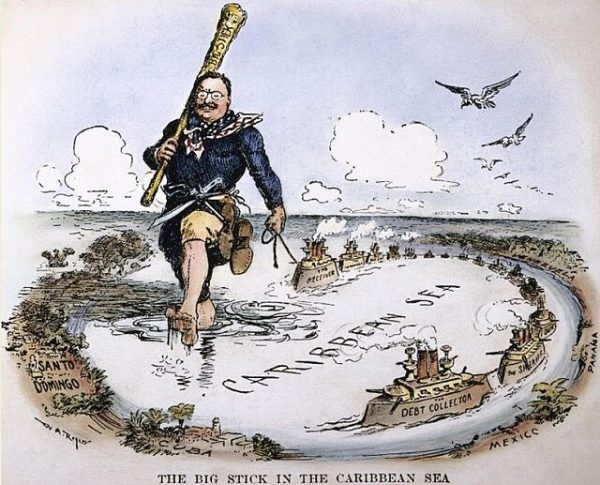
Through repetition, these visual messages help reinforce narratives, which can sway public sentiment in powerful ways.
Moreover, political cartoons can play a pivotal role during elections, offering voters a way to engage with political issues.
For example, a series of cartoons might highlight the perceived flaws of a candidate, shaping voter perceptions and potentially influencing voting behavior.
In some cases, cartoons have become an iconic symbol of political movements, sparking broader conversations about the issues they represent.
The Power of Humor and Satire
Humor is one of the defining characteristics of political cartoons and is the element that often makes them so effective. The combination of humor and critique can break down political barriers, making complex issues more relatable.
This humor allows the artist to address difficult or controversial topics without alienating their audience, offering a more accessible approach to serious subjects.
Satire, the use of humor to ridicule or mock, allows the cartoonists to highlight the absurdities in politics and human behavior.
Satirical cartoons don’t just critique individuals or parties; they also expose systemic flaws.
For instance, a cartoon that mocks political corruption can make an issue more tangible, motivating the public to call for change.
A senior at ERHS, Ember Collado, mentions, “I think it’s an effective tool in influencing people to adapt to an ideology because symbolism is impactful, especially to those who enjoy art.”
Political Cartoons in the Digital Age
While political cartoons have been around for centuries, the digital age has dramatically expanded their reach.
With the rise of social media and online platforms, political cartoons have gained traction as they can now be shared instantly and globally, reaching a far wider audience than ever before.
A viral political cartoon can spark conversations on a global scale, transcending borders and giving people in different countries a shared moment of reflection on common political issues.

However, the internet has also brought about new challenges for political cartoons.
With the increased spread of misinformation and polarizing content, cartoons can easily be misinterpreted or weaponized for political purposes.
The speed at which digital content spreads can amplify both the positive and negative impacts of political cartoons, for better or for worse.
The Ethical Boundaries of Political Cartoons
While political cartoons are meant to critique and inform, they also walk a fine line between satire and offense.
The use of exaggerated caricatures or stereotypes can easily cross ethical boundaries, especially when it targets marginalized groups.
Cartoons that perpetuate harmful stereotypes or spread misinformation can contribute to division and a more polarizing society.
As with any form of media, the effectiveness of political cartoons lies in the artist’s ability to create art that has a balance of humor, critique, and respect.
When done responsibly, political cartoons offer a powerful tool for engaging the public in social and political issues. However, when misused, they can further entrench existing biases and perpetuate harmful narratives.
In Conclusion
Political cartoons remain a unique and influential tool for social commentary. Their ability to simplify complex political issues and present them in a humorous, often satirical light allows them to engage with a wide range of audiences and shape public opinion.
They serve as a powerful platform for critique, helping society reflect on its political systems, its leaders, and its values.
As society continues to evolve in the digital age, the role of political cartoons remains vital.
They have the potential to challenge authority, influence political discourse, and inspire change while also navigating through the complex ethical challenges of humor and representation.
These political cartoons can spark necessary conversations, create awareness, and drive social progress, making them a crucial part of the modern media landscape when used properly.

